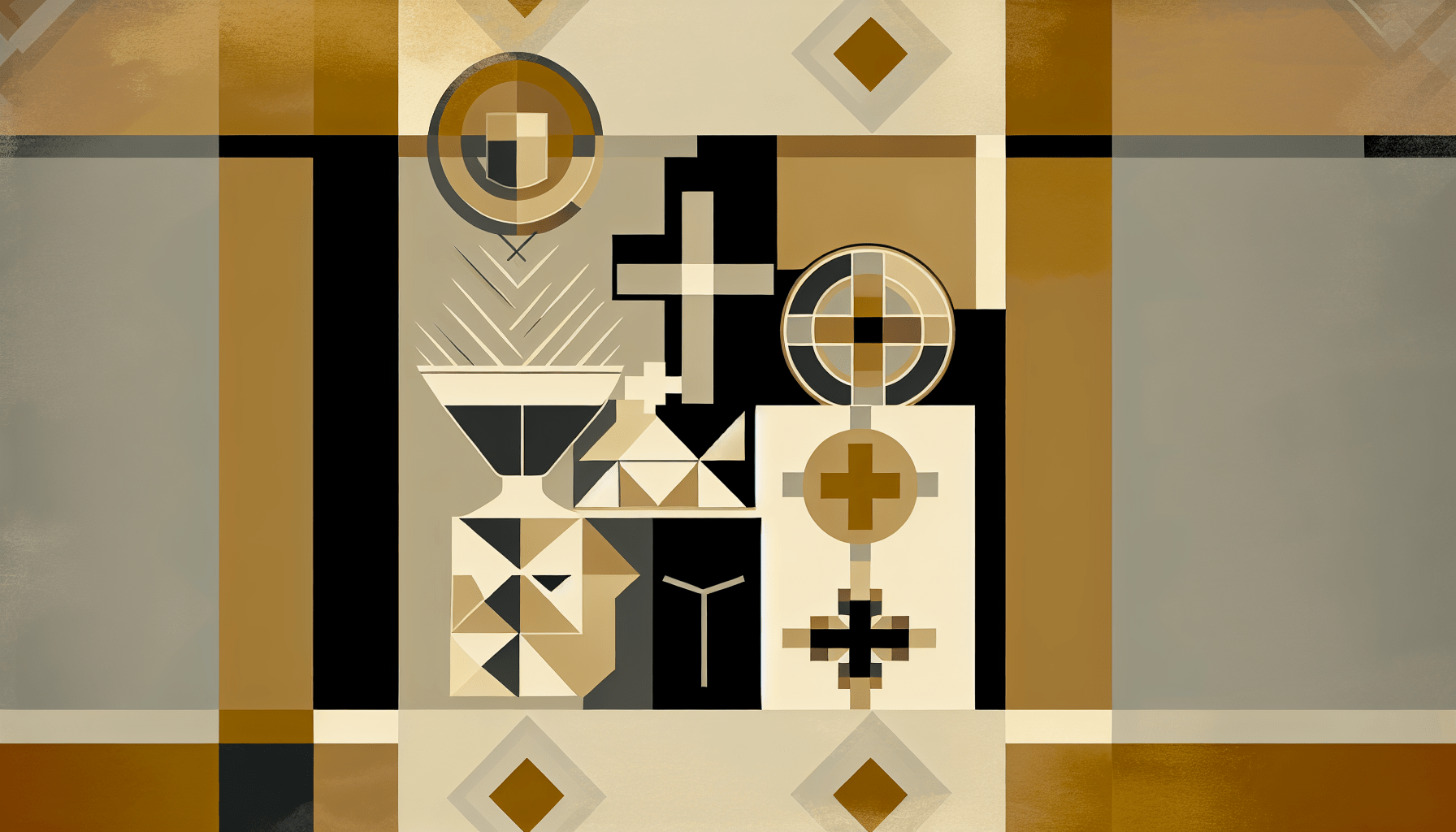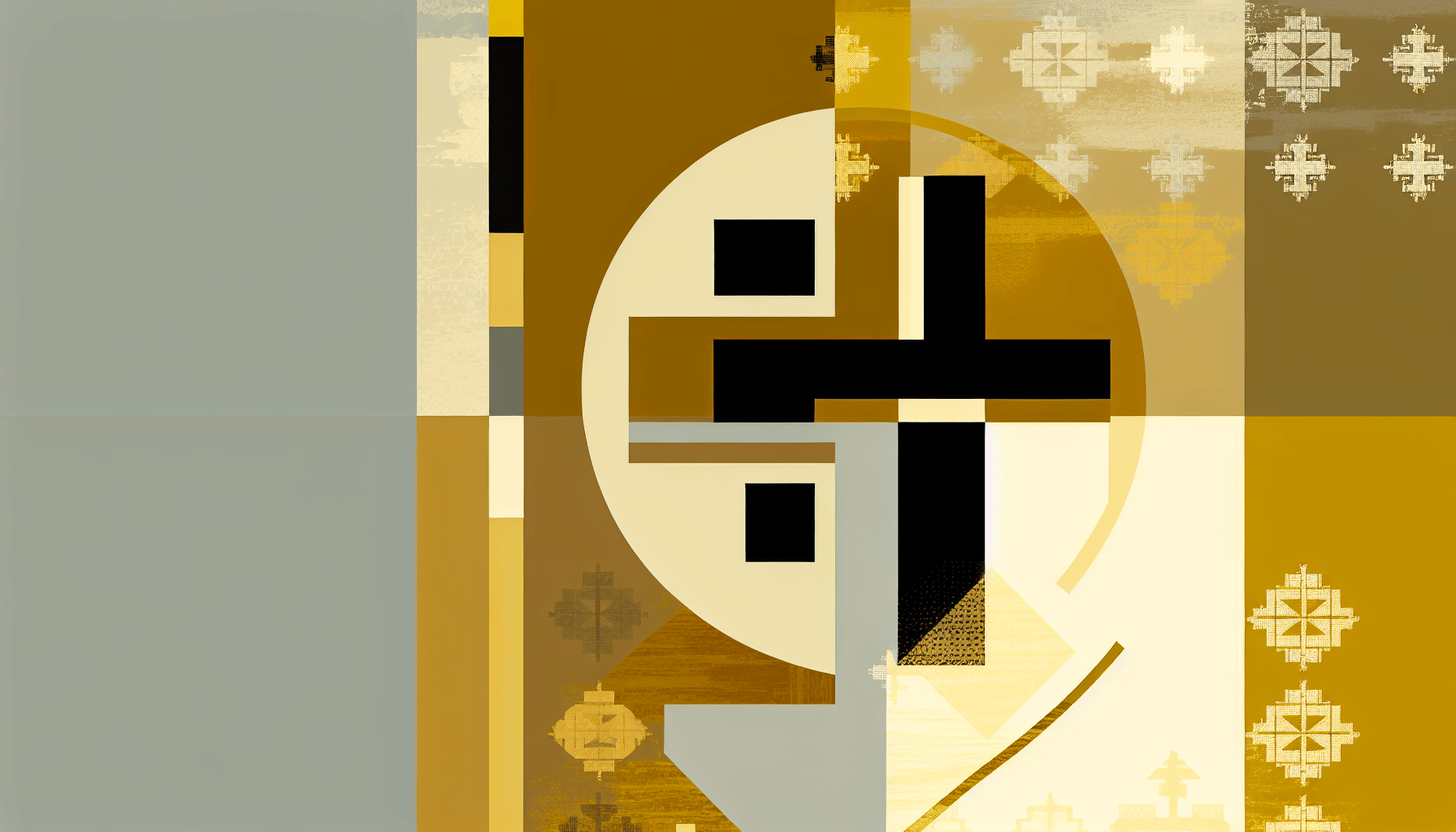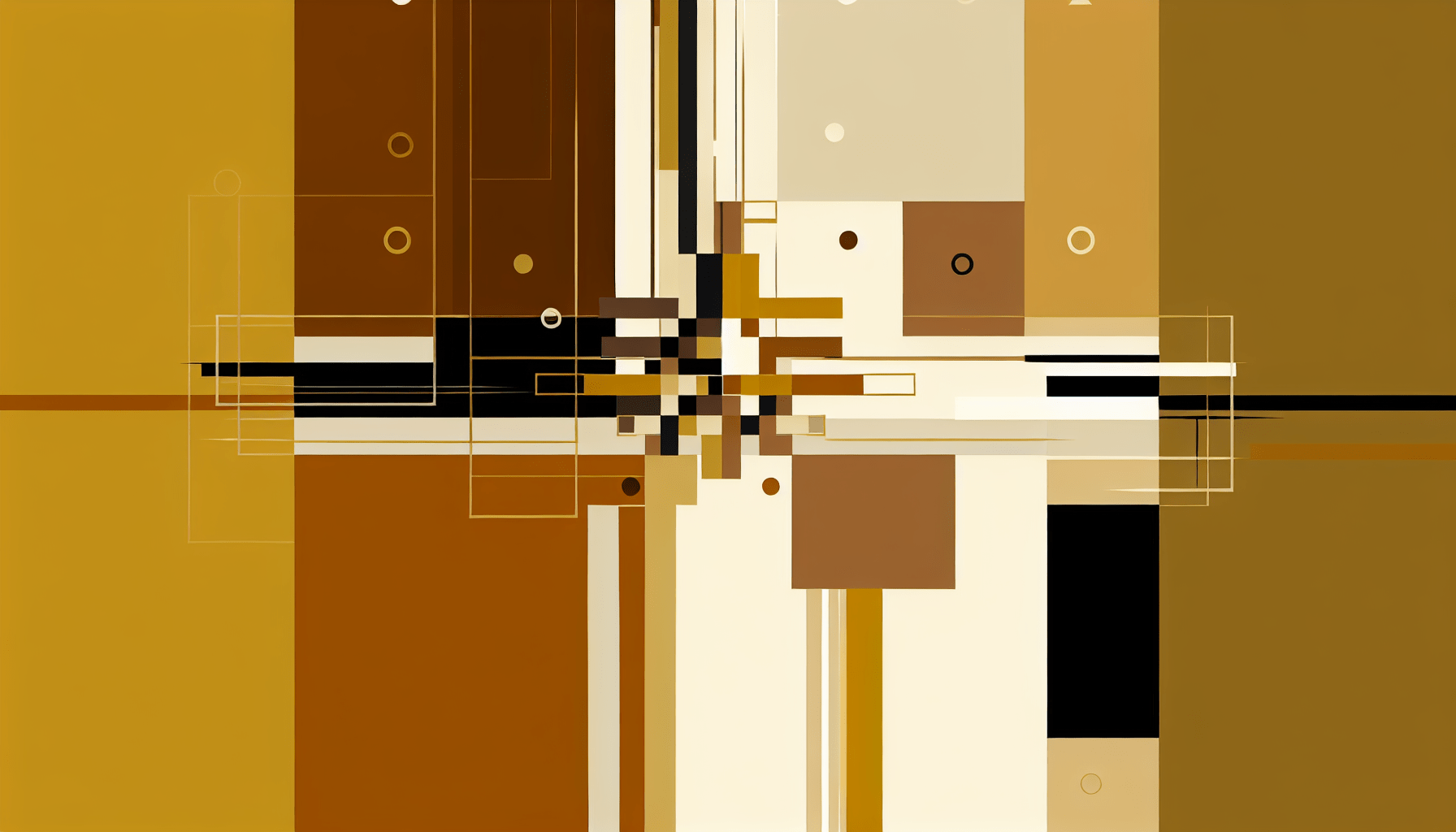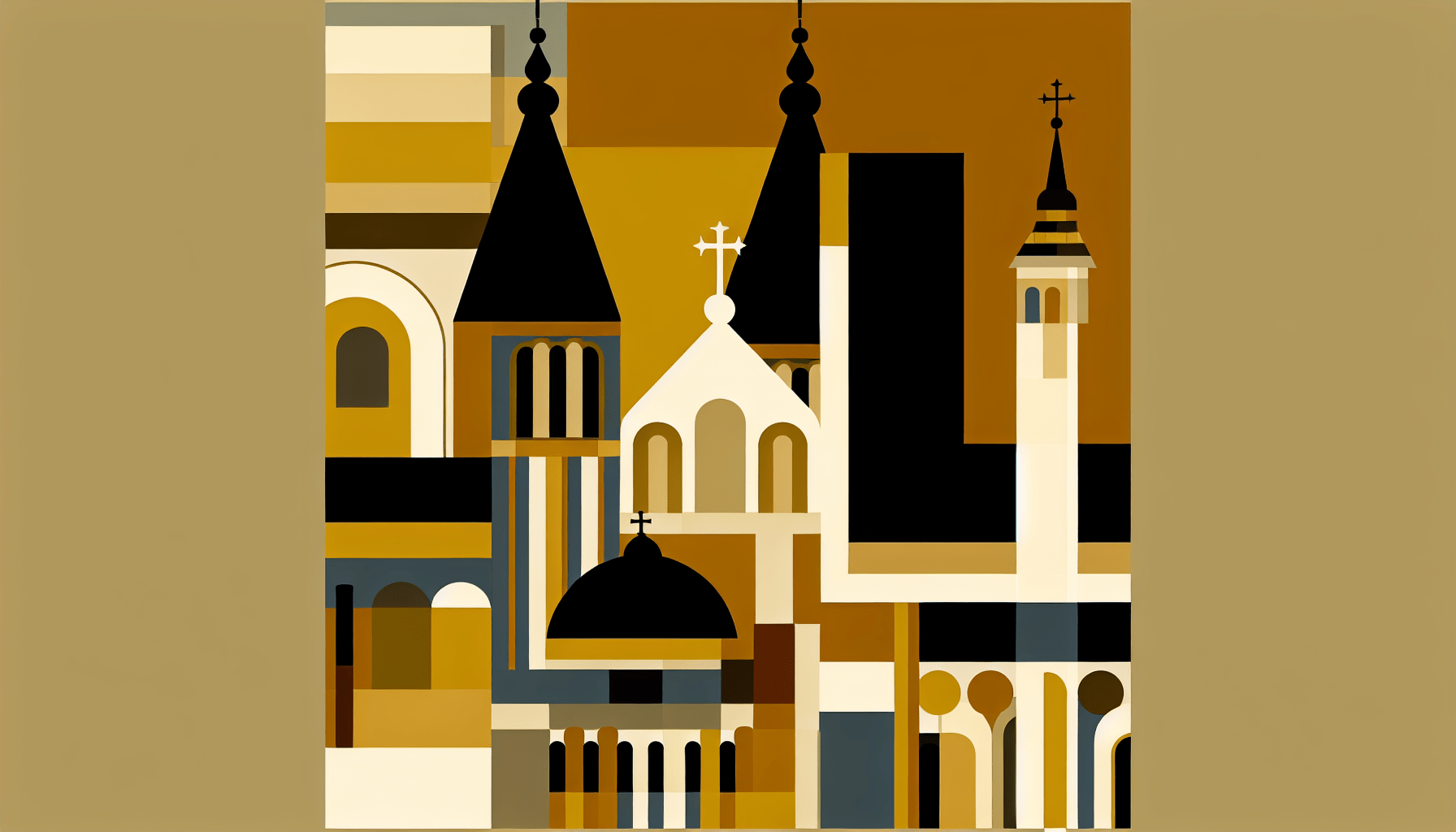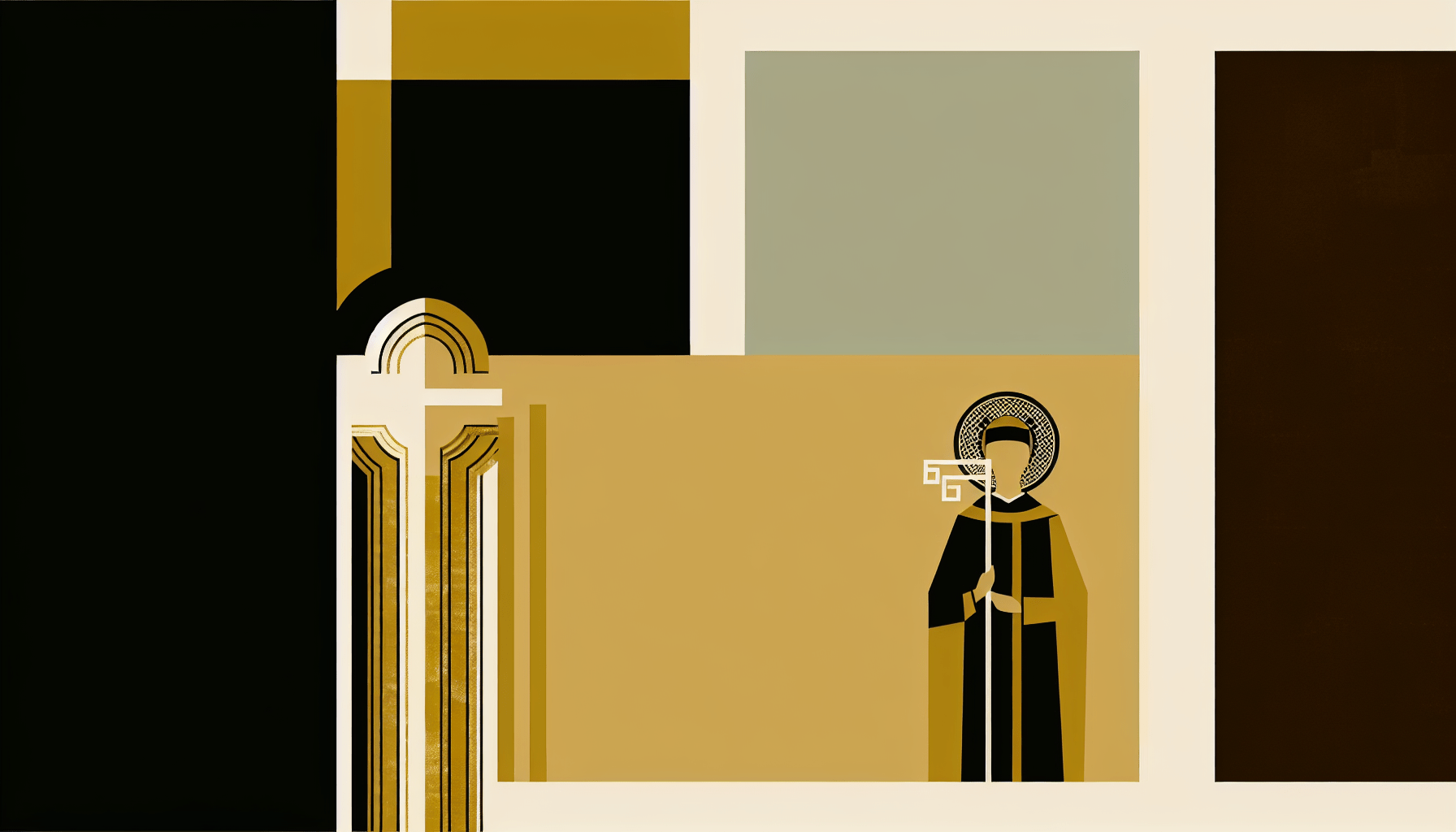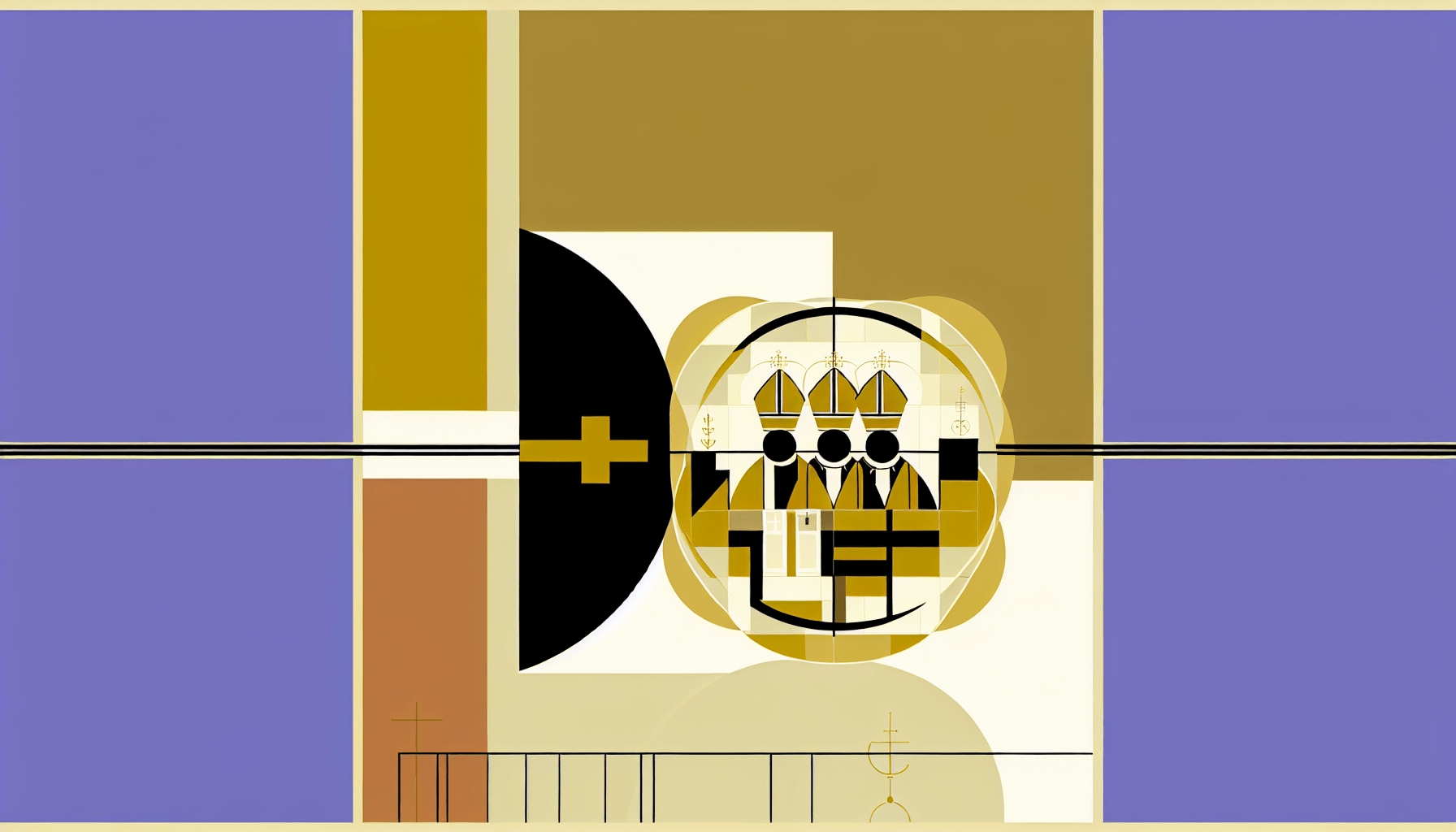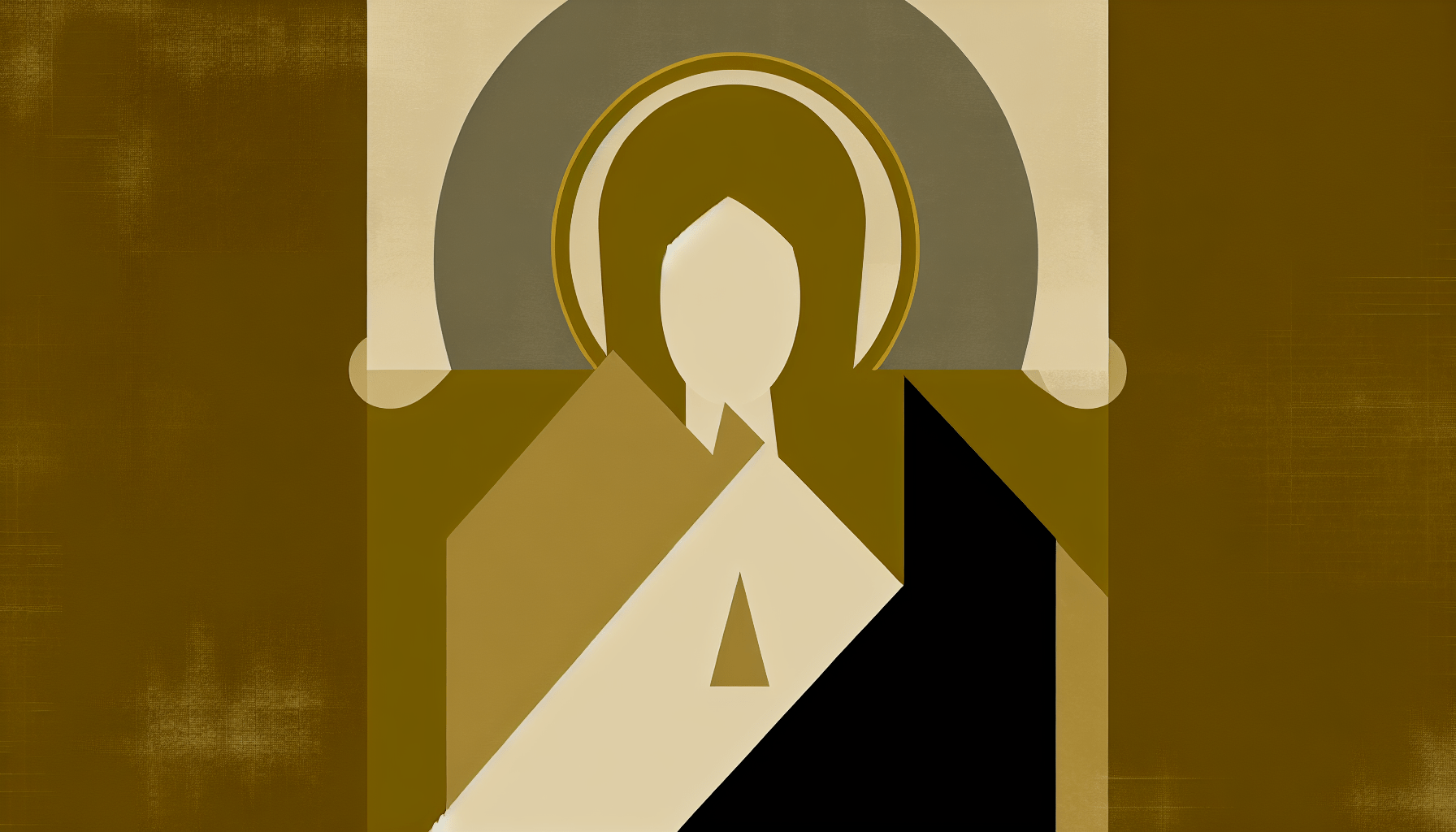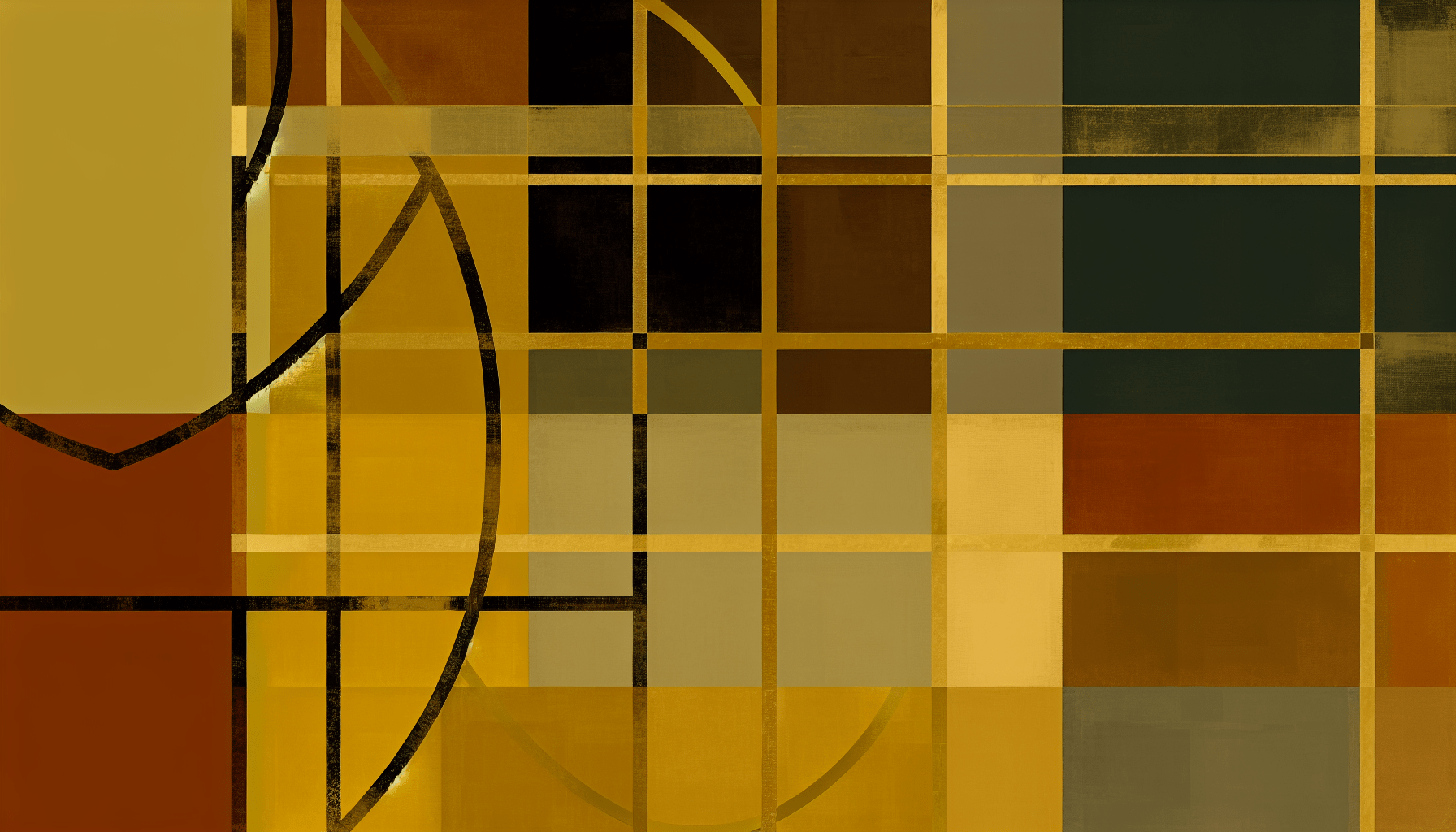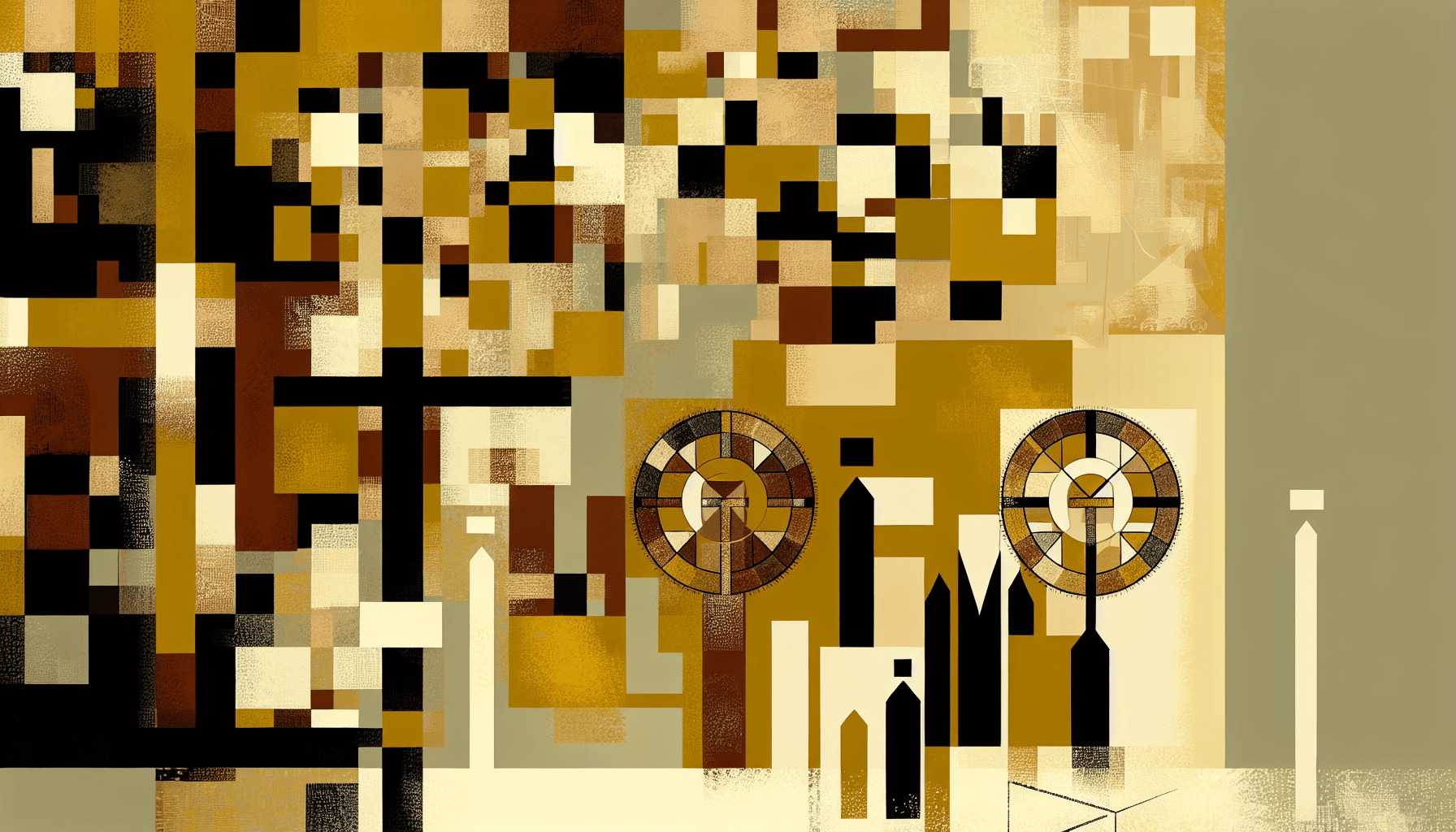Catholic Last Rites: Understanding the Sacred Sacrament for the Dying
In times of grief and uncertainty, the Catholic Church offers comfort through the tradition of Last Rites, also known as the Sacrament of Anointing of the Sick. This sacred practice is a vital component of the Catholic faith, providing spiritual support and grace to those who are nearing the end of their earthly journey. Understanding Catholic Last Rites can be both enlightening and comforting, ensuring that individuals and their families are aware of this important sacrament during a critical time.
What Are Catholic Last Rites?
Catholic Last Rites refer to a set of sacraments and rituals administered to a dying person. Traditionally, these rites include the Sacrament of Reconciliation (Confession), the Sacrament of Anointing of the Sick, and the Eucharist (Holy Communion). Together, these sacraments provide spiritual healing, forgiveness, and nourishment for the soul as the individual prepares to meet God.
The Components of Last Rites
- Sacrament of Reconciliation (Confession)
The first step in the Last Rites process is the Sacrament of Reconciliation. This sacrament allows the individual to confess their sins and receive absolution from a priest. This is an essential rite for anyone seeking spiritual healing and redemption before death.
- Sacrament of Anointing of the Sick
Next, the priest administers the Sacrament of Anointing of the Sick. This sacrament involves anointing the forehead and hands of the dying person with holy oil. The anointing is accompanied by prayers asking for God’s grace, comfort, and healing. While it is often associated with physical illness, it is also a source of spiritual strength as one faces the inevitability of death.
- Eucharist (Holy Communion)
Finally, the Eucharist is administered to the person, providing spiritual nourishment. For many Catholics, receiving communion at the end of life is a profound and comforting experience, completing their spiritual journey in the faith.
The Importance of Last Rites
Catholic Last Rites serve several essential purposes:
- Spiritual Healing: Last Rites are intended to cleanse the soul and prepare the person for their final encounter with God. The sacraments involved offer forgiveness and grace, easing any spiritual burdens the individual may carry.
- Comfort and Peace: Engaging in these sacred rites provides emotional and spiritual comfort not only to the dying person but also to their family and loved ones. Knowing that their loved one is receiving God’s grace can provide comfort during a distressing time.
- Community and Tradition: Last Rites reaffirm the importance of community in the Catholic faith. Family members often gather to pray together, seeking solace in their shared beliefs. The rituals serve as a reminder of the continuity of life and faith.
How to Request Last Rites
In a hospital or healthcare setting, family members should inform the healthcare staff if the patient is Catholic and requests Last Rites. Hospital chaplains or priests can often be called to perform these sacred rituals.
If a loved one is at home and receiving hospice care, family members can contact their parish priest to request a visit for Last Rites. It is important to ensure that these rites are sought as early as possible, as there may be limited time to administer them.
Ensuring a Peaceful Environment
When preparing for Last Rites, creating a peaceful and inviting environment is essential. This can include:
- Quiet Space: Minimize distractions and noise so that the individual can focus on the spiritual aspects of the sacrament.
- Family Presence: Encourage loved ones to be present, offering support and love as the individual receives Last Rites.
- Prayerful Atmosphere: Lighting candles, playing soft music, or engaging in silent prayer can contribute to a serene environment.
What to Expect During Last Rites
For family members and friends, witnessing the Last Rites can be a profound experience. It is essential to approach this time with respect and solemnity. Typically, the process involves:
- Arrival of the Priest: The priest may begin with prayers, asking for God’s mercy and grace.
- Confession: The dying person may participate in the Sacrament of Reconciliation, where they confess their sins to the priest.
- Anointing: The priest uses holy oil to anoint the forehead and hands of the individual, offering prayers for strength and healing.
- Communion: If possible, the Eucharist is administered.
- Final Blessing: The priest concludes with prayers for peace and a blessing for the individual and their family.
Myths and Misconceptions about Last Rites
It is essential to address some common myths about Catholic Last Rites:
- Myth 1: Last Rites Are Only for Those Who Are Dying: While primarily intended for the dying, the Sacrament of Anointing of the Sick can be offered to anyone seriously ill or facing surgery, providing them with grace and support.
- Myth 2: You Must Be in a Church for Last Rites: Last Rites can be administered anywhere, including hospitals, homes, or nursing facilities.
- Myth 3: Only Priests Can Administer Last Rites: While priests typically perform Last Rites, bishops can also administer these sacraments.
Preparing for End-of-Life Decisions
Understanding Catholic Last Rites can empower families to make informed decisions at the end of life. Families may consider discussing their wishes regarding Last Rites early, ensuring that everyone involved is aware of their preferences.
Advance Directives
Incorporating spiritual wishes into advance directives can provide healthcare providers and loved ones with guidance regarding Last Rites and other religious practices when the time comes.
Conclusion
Catholic Last Rites are a profound sacramental experience that provides comfort, hope, and spiritual nourishment for those nearing the end of their life. Through the Sacrament of Reconciliation, the Anointing of the Sick, and the Eucharist, the Catholic Church offers a path to peace and healing, both for the individual and their loved ones.
By understanding and respecting the significance of Last Rites, individuals can approach the end of life with faith and assurance, knowing they are supported by God’s grace. Whether for oneself or a loved one, seeking Last Rites is an affirmation of faith that reinforces the belief in eternal life and the hope of meeting God.
Embracing the Catholic Last Rites not only uplifts the spirit but also offers a loving farewell, allowing for a meaningful transition from this life into the next.
